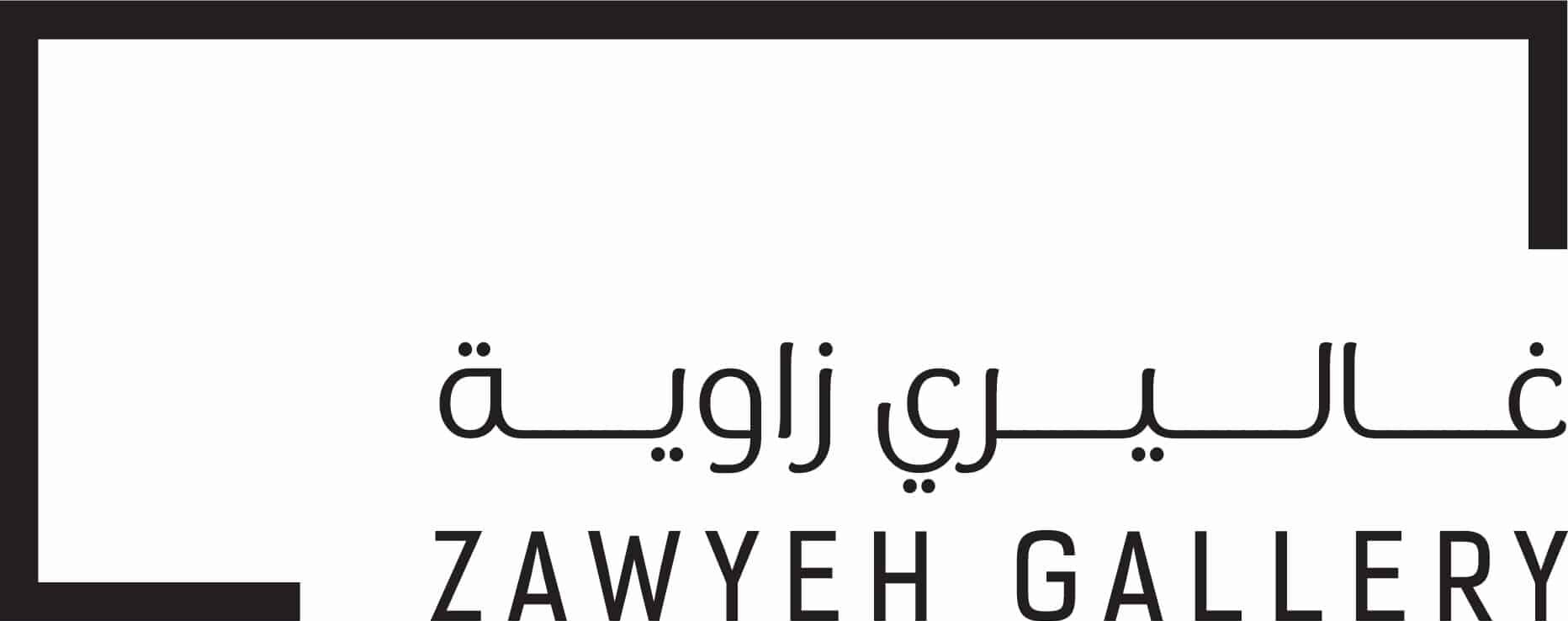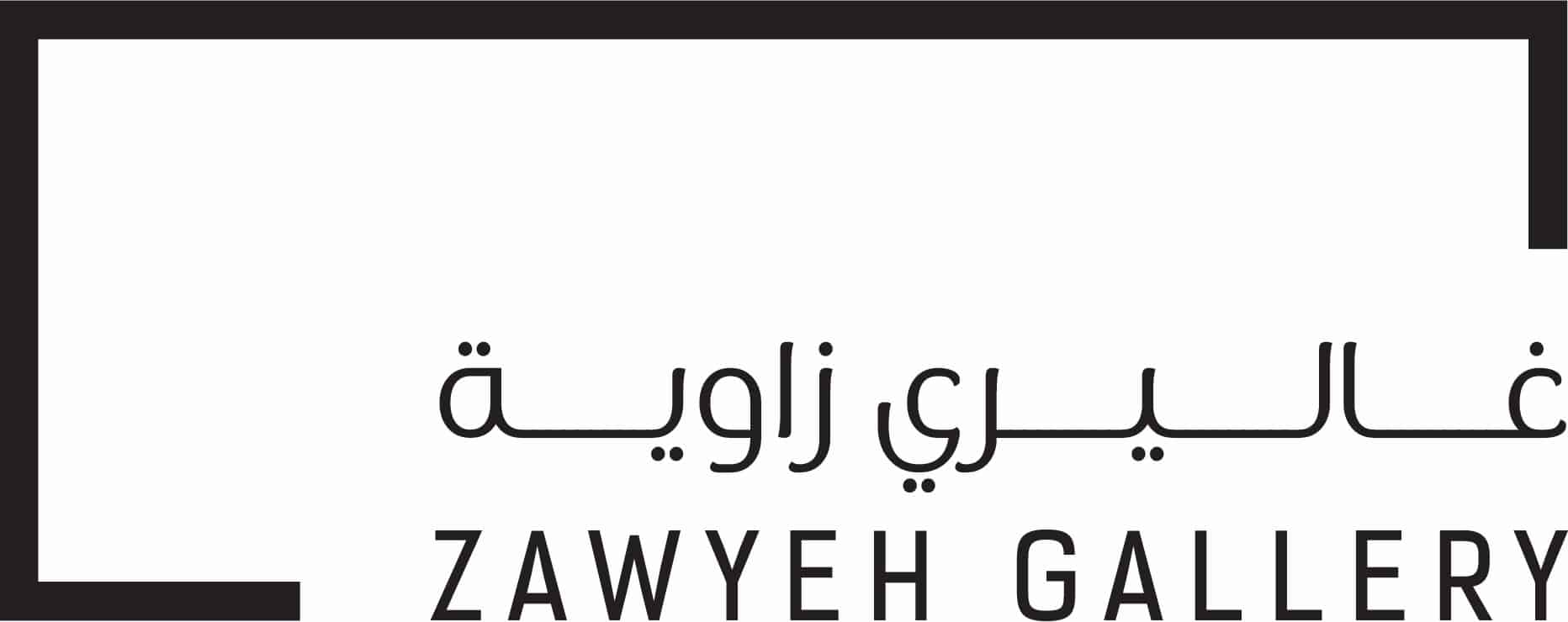
18 – 20 April, 2025
Art Dubai 2025
Location: Dubai
Madinat Jumeirah, Booth F07
Zawyeh Gallery is delighted to present works by Nabil Anani and Sliman Mansour in this year’s edition of Art Dubai. Inspired by their “New Vision” era from 1989. Both artists revisit this innovative period, during which they joined the boycott campaign of the first Intifada, boycotting art supplies from Israeli sources. Instead, they turned to using local natural materials such as untreated goat leather, mud, henna, wood, straw, and other natural mediums. This approach marked a milestone in their artistic journeys, taking them into a new phase. During the “New Vision” era which extended over a decade, the artists transitioned from directly symbolizing the land they cherish in their works to producing art made from the very natural materials of the land.
The new art production for Art Dubai consists of works created in similar style and materials with a new perspective. Nabil Anani returns to using untreated goat leather as canvas, focusing on the people. The new series Exit into Light draws inspiration from his first artwork produced in 1989 and shares its title with his Arabic memoir, Exit into Light. This series reflects Anani’s deep connection to the land, featuring delicate figures of people who blend seamlessly with the natural medium they are made of. The art pieces reflect details such as women and men with traditional dresses, children, mothers holding infants, and other subtle symbols celebrating the land, such as pigeons, embroidery, grapes, pottery, and conventional Palestinian buildings. Through his work, Anani continues to explore the relationship between the medium and identity, presenting a series that honors the rural life of the Palestinian people and their attachment to their lands.
Artist Sliman Mansour focuses on using straw and mud in his delicate works, blending the elements of the earth with the symbols that defined his works early in his career emphasizing Palestinian identity and traditions. In this series, he illustrates patterns of embroidery in square compositions that resemble the colorful front part of the traditional Palestinian dress (thob). Crafted from colored straw and clay, these pieces are beautifully detailed reflecting the texture and appearance of embroidery stitches.
The map of the Gaza Strip is featured in one of his larger works, filled with colorful shapes inspired by Palestinian embroidery and heritage. Another significant piece, resembling the outer shape of an eye, draws inspiration from his iconic work The Camel of Hardship (1973). In the earlier piece, an old man carries a similar shape on his back, with the details of the Old City of Jerusalem depicted within it, symbolizing the immense weight of the Palestinian cause borne by its people. In the new work, Mansour replaces Jerusalem with vibrant shapes stemming from the Palestinian heritage symbolizing the unity and resilience of Palestinians despite all adversaries.
Join our Newsletter
Sign up for our Newsletter and get all the latest news

